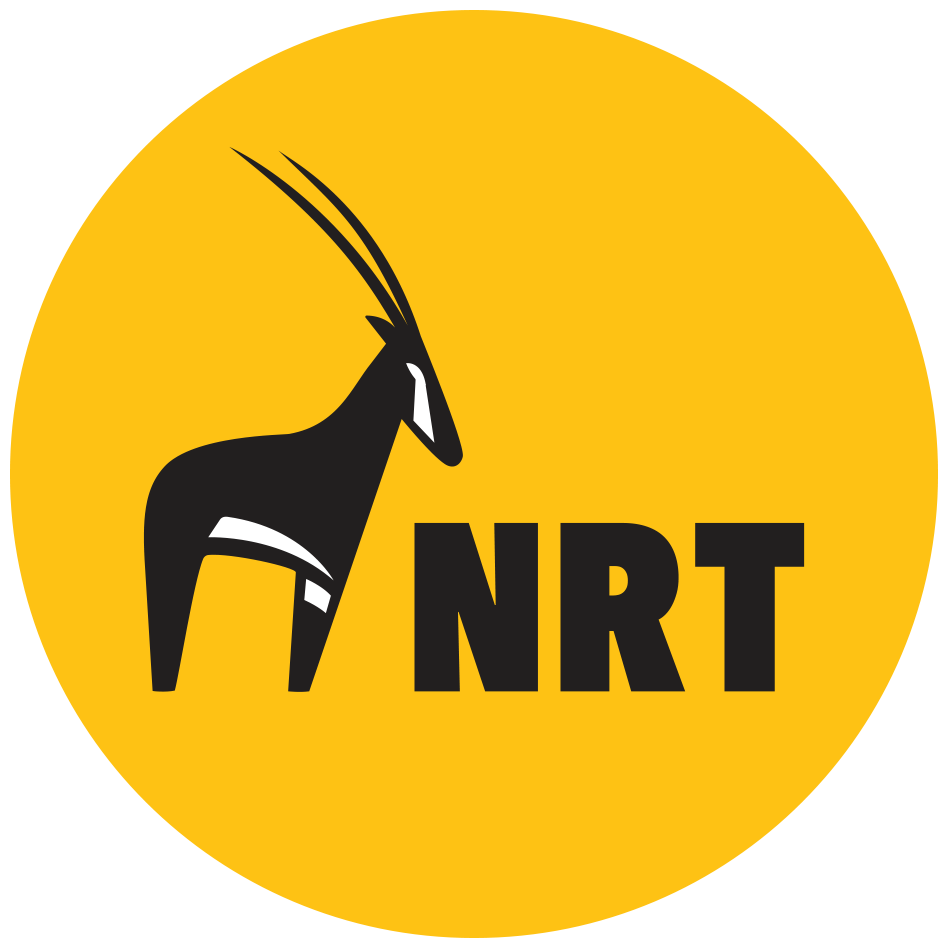Transforming Lives, Conserving Forests, One Biogas Unit at a Time
Katelina Lekanta, a beneficiary of NRT’s Clean Energy project. Photo: Tony Wild_NRT
Imagine starting your morning every day by trekking long distances to fetch firewood. This was Katelina Lekanta’s life for years until 2020, when NRT introduced the Clean Energy Project, ending this gruelling task.
“Before I started using biogas for fuel, I would go searching for firewood at 9 a.m. and return home at 2 p.m. I would be exhausted when I arrived and would struggle to fetch water for my family,” Katelina, from Kalama Community Conservancy, explains.
Now, the biogas digester unit in her compound has increased Katelina’s options, making daily routines easier. She cooks all meals using biogas and does not have to leave home to find firewood.
Katelina Lekanta checks on her biogas digester installed outside her house. Photo: Tony Wild_NRT
Since its launch by NRT in February 2020, the Clean Energy Project has revolutionized life for northern Kenya communities and reduced the pressure on shrinking forest habitats caused by charcoal and firewood harvesting.
The Clean Energy Project has been rolled out in 8 NRT member conservancies in northern Kenya, and currently the second phase is ongoing in 20 other conservancies including the coastal region to minimize dependency on fuelwood and promote clean and renewable energy use. According to Kenya’s Ministry of Energy, 90% of rural Kenyan households rely on firewood for cooking, endangering forests.
Fuelwood usage has decreased substantially across the benefiting conservancies, reports Sammy Leseita, the Clean Energy Project Lead. “Families who were fully reliant on firewood and charcoal have now cut their consumption by half,” he says.
NRT’s Clean Energy Lead Sammy Leseita (R) inspects a biogas digester installed in Wamba Catholic Hospital, Namunyak Community Conservancy by NRT. Photo: Tony Wild_NRT
Funded by the Embassy of Sweden in Nairobi, the Project was initiated by NRT through the Integrated Management of Natural Resources for Resilience in Arid and Semi-Arid Counties (IMARA) Program. Over 200 families across the NRT landscape now use the Project’s biogas digester units for cooking and lighting. Following this successful biogas project in the eight conservancies (phase 1), The United States Agency for International Development (USAID) and U.S. Department of the Interior (DOI) have recently supported the expansion of the biogas project to 20 more conservancies.
Each biogas digester unit provides enough energy to meet the needs of a household with up to 12 people. Over a 2-year period, each household pays approximately Ksh 30,000-40,000 to their respective conservancy, which goes into a revolving fund, enabling the purchase of more biogas units to benefit other conservancy members.
A typical NRT biogas digester unit works mainly with livestock waste. It can also handle poultry droppings and plant matter, making it versatile and ideal for people living in places with invasive plant species. When designing the biogas digester units, NRT capitalized on cow dung, which is readily available for pastoralists, and also ensured the units were portable and easy to dismantle, making them suitable for nomadic pastoralists who often migrate in search of water and pasture. The biogas digester units decompose organic matter in an anaerobic environment and release gases used for cooking.
A girl from Wamba Girls Rescue Center fills their biogas digester with a mixture of cow dung and water . Photo: Tony Wild_NRT
For Rebecca Lalmakar, a Namunyak Conservancy native and the director of a girls' rescue center in Wamba, the arrival of biogas digester units was timely because she has taken in 55 young girls and is assisting many more.
“We used to cook with firewood, but it is no match for the biogas. Biogas produces no smoke, burns longer, and heats food much faster,’’ explains Rebecca.
Fuelwood is more expensive than biogas. Rebecca’s expenditures decreased remarkably after switching to biogas. The income she would have used to buy firewood now goes into purchasing food, books for the children, and catering for the center’s pressing needs.
The Clean Energy Project's scope is not limited to homes. A hospital in Wamba Town has received a biogas digester unit that is powered by manure from a dairy cattle pen within the premises.
Ms. Rebecca Lalmakar, Director, Wamba Girls' Rescue Center, one of the institutions that benefitted from NRT’s Clean Energy project. Photo: Tony Wild_NRT
For Rebecca, Katelina, and all Project beneficiaries, the risk of contracting respiratory diseases from inhaling toxic fumes released by burning fuelwood has been eliminated. Biogas, unlike firewood, produces no residue or hazardous gases during combustion.
NRT plans to expand the Clean Energy Project by installing biogas digester units in 1,000 homes annually for the next three years.





